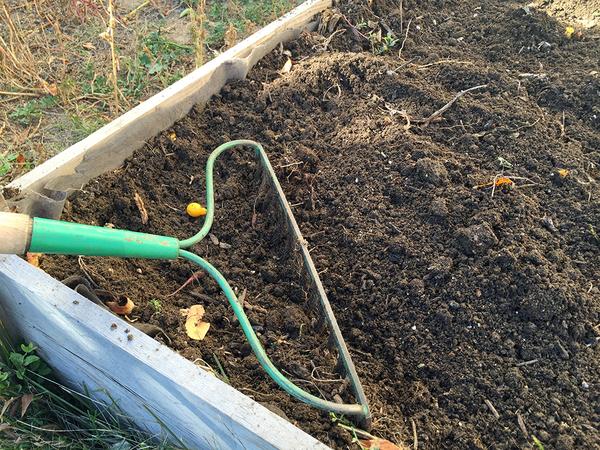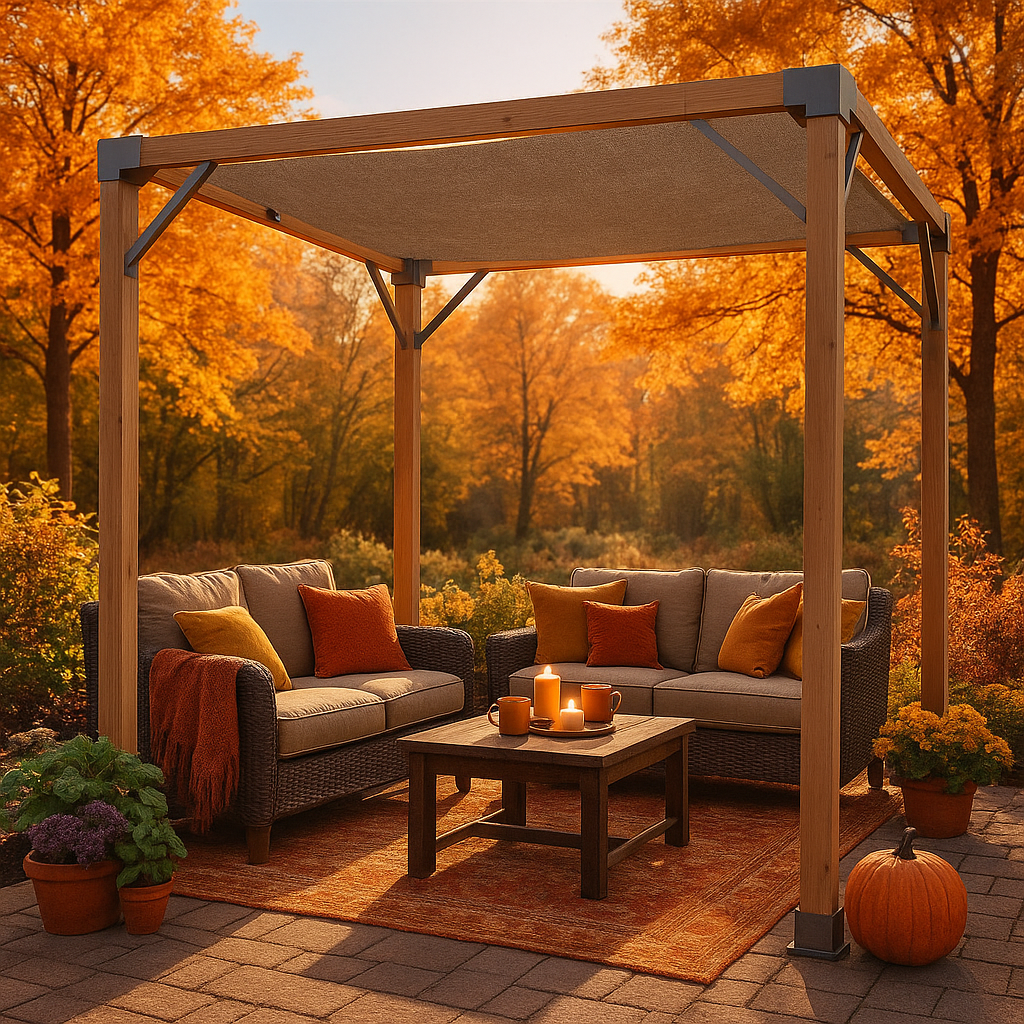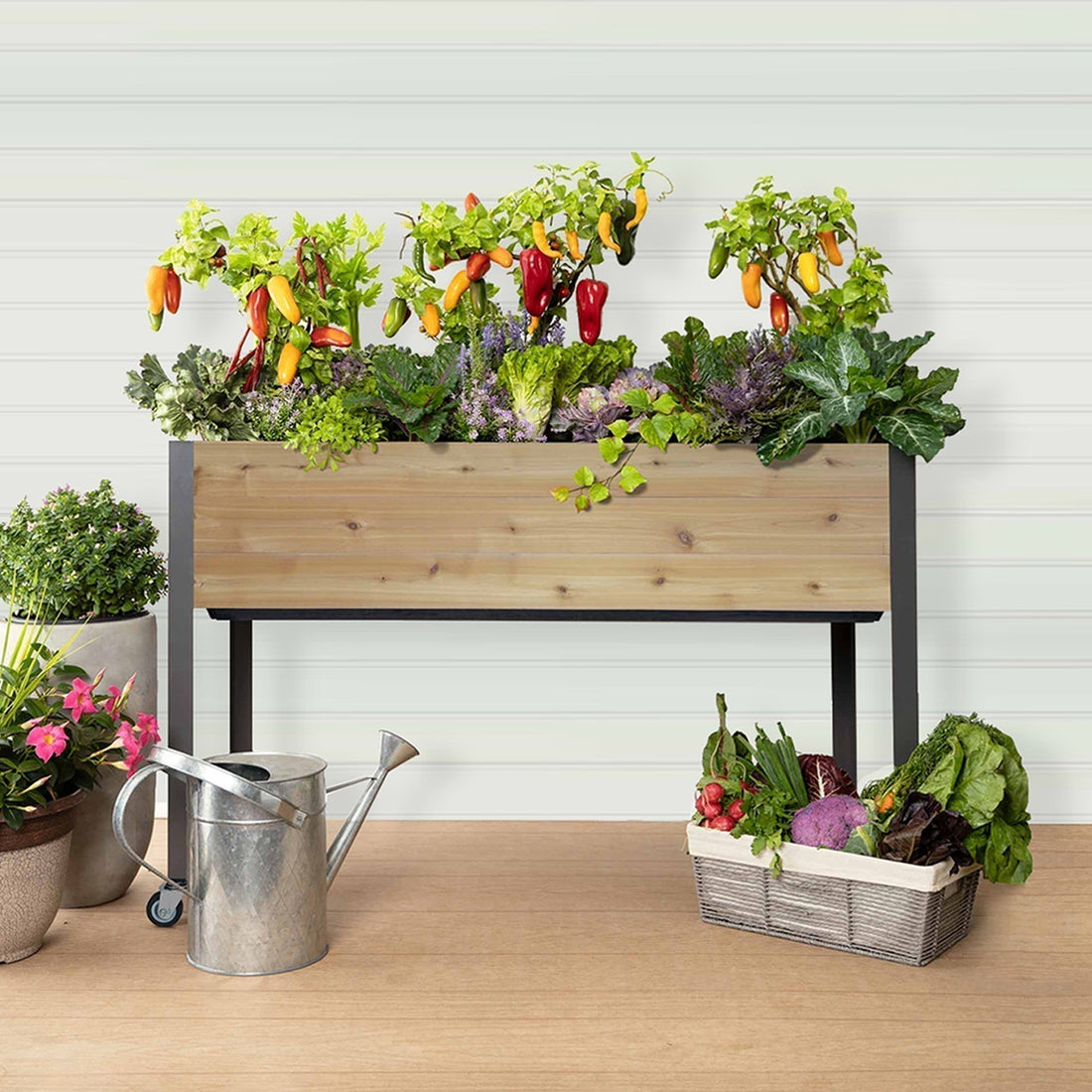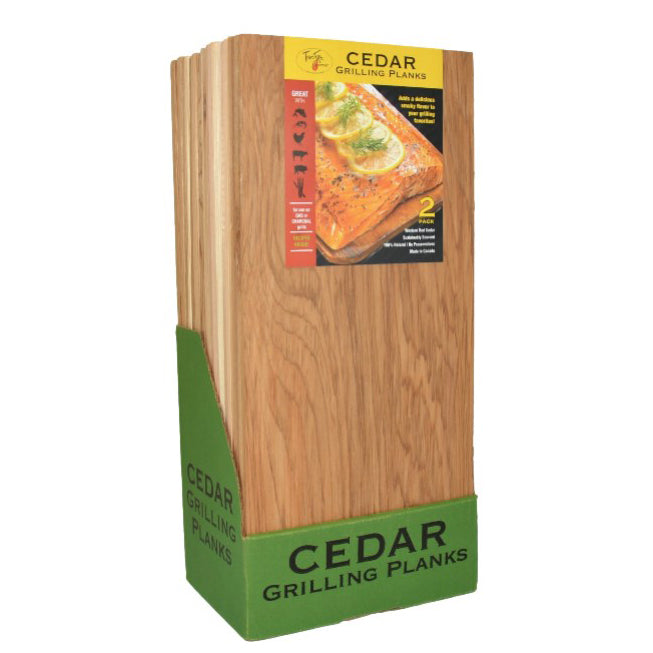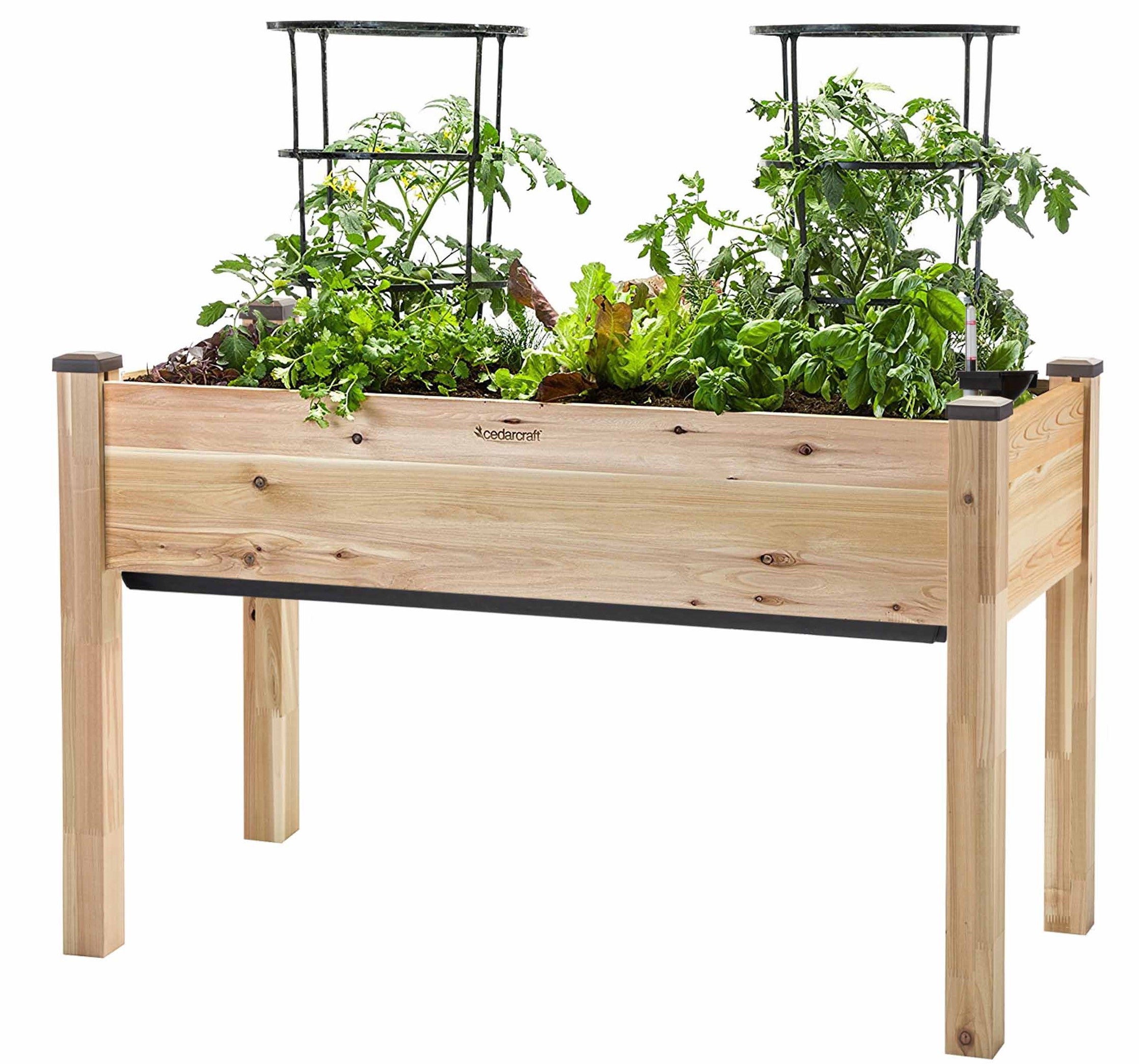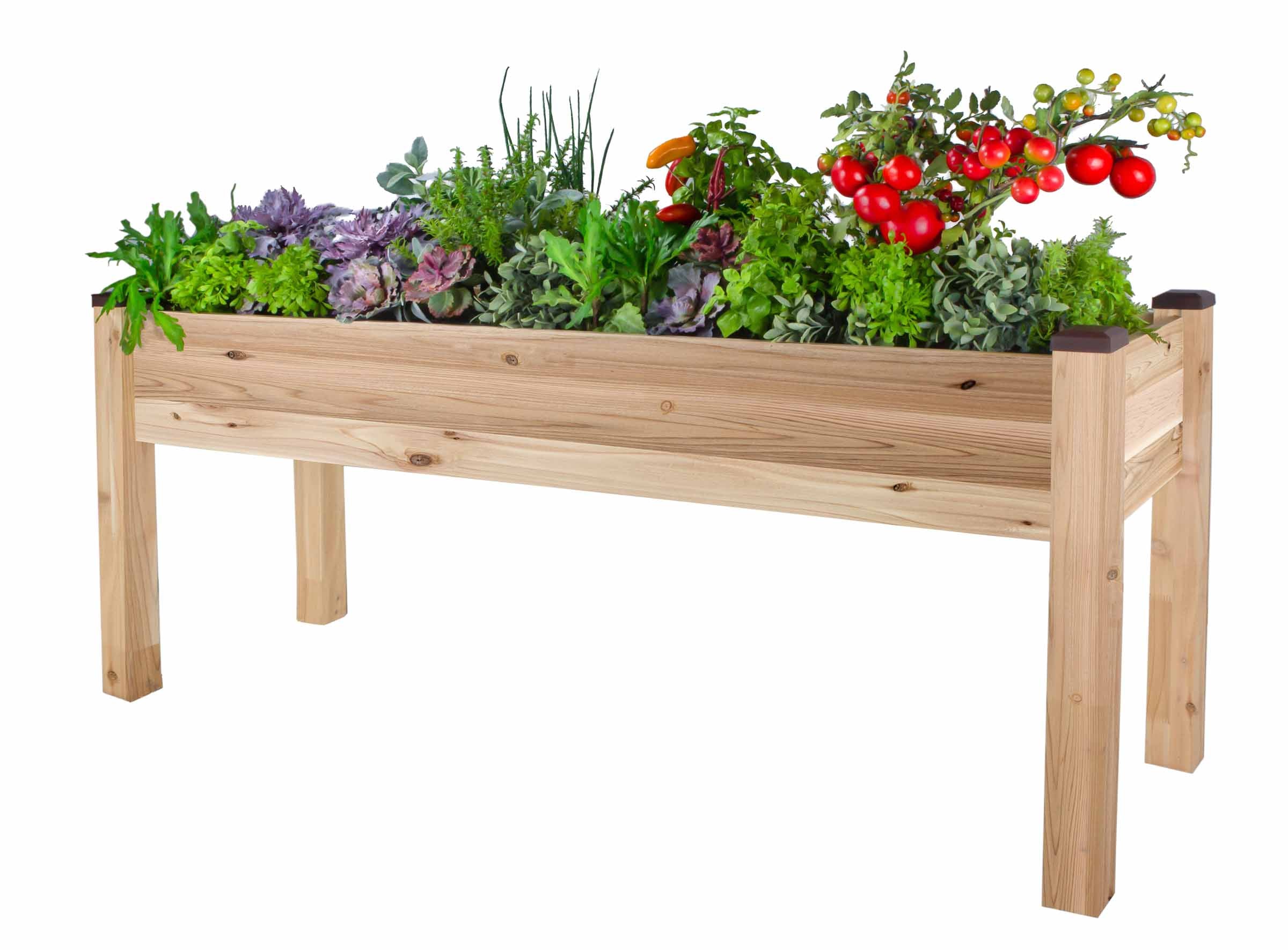
The first frost is just around the corner, if not already here, for many gardeners in colder climates. Harvest season is over and winter is creeping its cold, icy fingers into garden beds. It’s time to clean up and prepare for next spring by putting your CedarCraft garden to bed.
Putting in the extra cleanup effort at the end of fall will help you start your spring gardening season off on the right foot. Your planters will be clean, and filled with healthy, warm soil earlier than gardeners waiting for the ground to thaw out, which means you get a gardening head start on everyone else!
Here are the simple steps that you need to do to put your gardens to bed:
Pull Out The Old
By this time in the season many of the vines and stalks have wilted as they have finished their production. Flowers have gone to seed, and leaves have fallen. Pull up tomato, squash, pea, and bean plants, and leave your fall plantings of cold weather vegetables like kale and lettuce to harvest throughout the remaining season.
Make sure to double check if your fruits, flowers, and herbs are perennials or annuals. Annuals will get cleared out from the planters, but your perennials, like strawberries, can stay in with a bit of pruning and some mulch to keep them warmer. You can protect tender perennials with a row blanket or plant blanket as well. When clearing things our, a good rule of thumb is that if a plant is yellow or brown, cut it down, if it’s green leave it be.
Turn The Soil
Once you have the old and dead plants cleared out, till the soil to get some oxygen in there, break up clumps from remaining roots, and encourage bugs and pests to find new homes for the winter. Add a layer of compost to the mix and top it off with mulch or autumn leaves that will break down over the winter season and add more nutrients to your planter garden bed.
Plant Spring Bulbs
Now is the perfect time to get your spring bulbs in soil. They’ll even grow well in a planter! Spread out your tulip, crocus, and other spring bulbs in your planter. Make sure to add a variety of early, mid, and late spring blooms for continued variety throughout the flowering season, right before vegetable planting season begins. Make sure you plant the bulbs with the pointed tip side up, push them down a few inches into the soil, and cover with mulch to protect them from winter soil cracking.
Now kick back and enjoy your gardening break during the winter!


